For the first time since becoming the Premier of Alberta, Danielle Smith will have to deal with a crisis she can’t blame on Ottawa, activists, or bureaucrats alone. How her UCP government handles the province’s largest-ever education strike will be a real stress test of its public support, which is unlike any she’s faced before.
Until now, Smith has managed to emerge unscathed from various challenges that might have shaken other leaders.
She’s weathered ballooning spending and deficit, a chaotic health-care restructuring, polarizing policies around transgender youth and school library content, recurring accusations of corruption, defections from her own caucus, and simmering unrest around separatism.
Each time, she has confronted the deluge of questions and criticism head-on, sounding reasonable in her responses without alienating anyone beyond her more fervent critics on the Left.
But this time, there’s far less room to wiggle.
The strike hits at the heart of Albertans’ everyday lives—classrooms, children, and the routines of hundreds of thousands of families. Not since the pandemic have so many kids been homebound, with more than 730,000 students out of school, after 51,000 teachers walked off the job this week.
Unions are usually the easy target in labour unrest, but in this case, it wasn’t the Alberta Teachers Association—which represents public, Catholic and francophone teachers across 2,000 schools—that rejected (or endorsed) the government’s offer.
The teachers themselves voted overwhelmingly no. More than a few were upset that the union passed on what they felt was basically the same proposal twice.
Nearly nine out of 10 members rejected September’s tentative deal that included a 12-percent wage increase over four years and a promise to hire 3,000 new teachers and 1,500 educational assistants by 2028.
From Fort Vermilion to Medicine Hat, parents are now madly rescheduling work and scrambling for child care. It would be very difficult to convince many of these families to side with the government—at least at first.
Unlike other departments where dysfunction feels distant or abstract, the problems in education are very tangible. Parents have seen the overcrowded classrooms, the tired teachers, and the inadequate support for children with disabilities or language barriers.
They know these problems didn’t pop up overnight.
The irony is that the government’s own success may have contributed to the crisis. Alberta has been telling the country it is open for business and eager for more people. Through its “Alberta is calling” moving bonus campaign, the province marketed itself as the land of affordability, opportunity, and space to grow.
And the people came in droves.
But the number of schools that these families send their children to has not kept up.
Those who lived through the Klein and Redford years will remember this pattern all too well—a boom followed by a predictable reckoning. Every new family that moves in is both a success story and an added strain on schools, hospitals, and housing.
Smith now finds herself in that familiar bind.
The government has pledged $8.6 billion to build 130 new or modernized schools by 2030—enough to add 200,000 student spaces.
But that is still years away.
Meanwhile, parents and teachers are dealing with the problem now.
Unfortunately—or fortunately, depending on your view—this unrest is coming at a time when the provincial deficit is expected to increase, driven by higher public spending and softer resource revenues. Tighter budgets call for harder choices, and voters may be more willing to accept trade-offs when the cupboards are more bare.
Pulling back, though, the issue is more than just education. It is a return to Alberta’s oldest problem: reconciling the province’s ambition with the realities of growth.
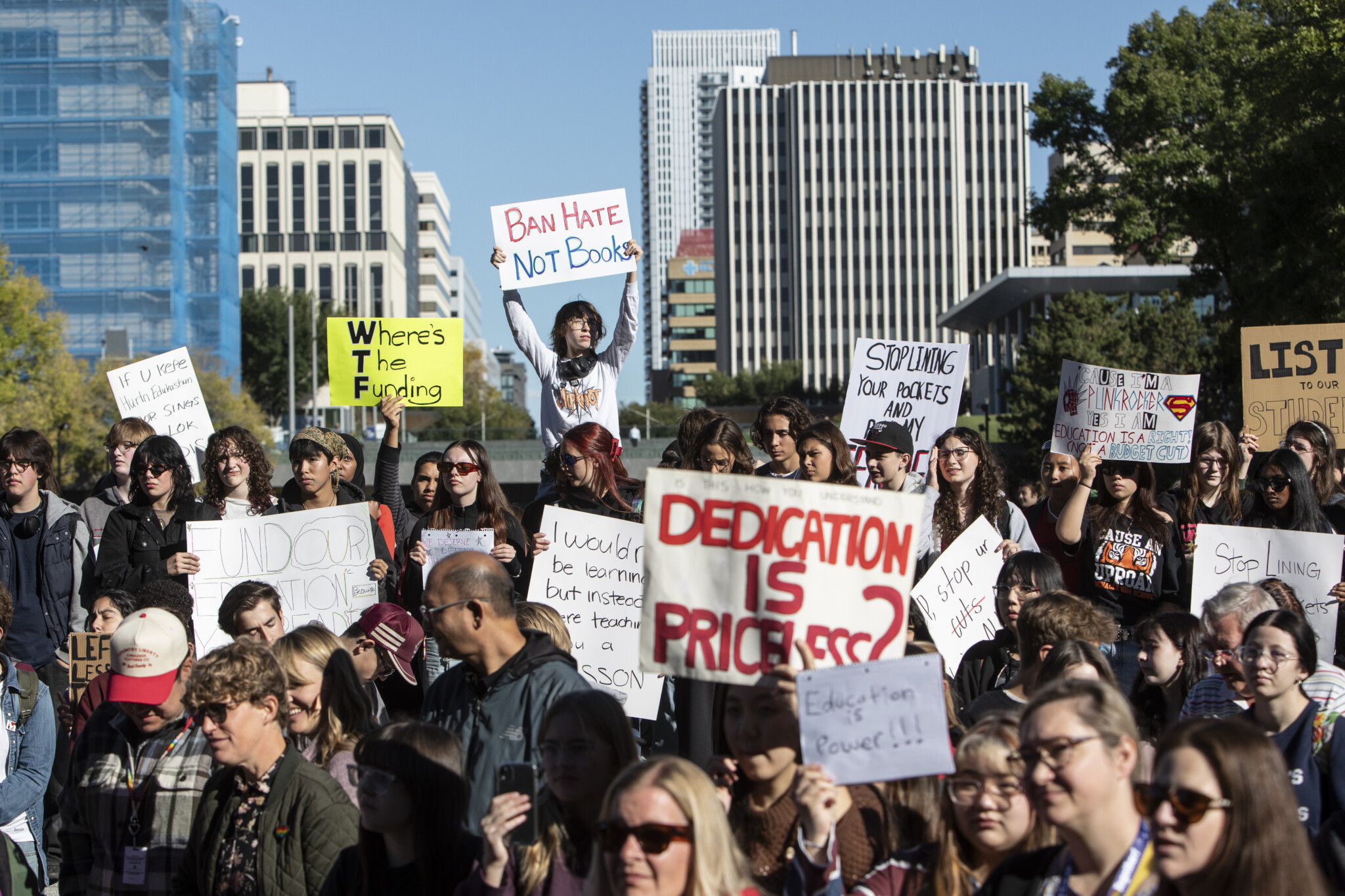




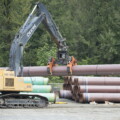

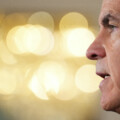
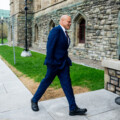
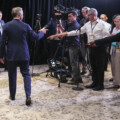


Comments (0)